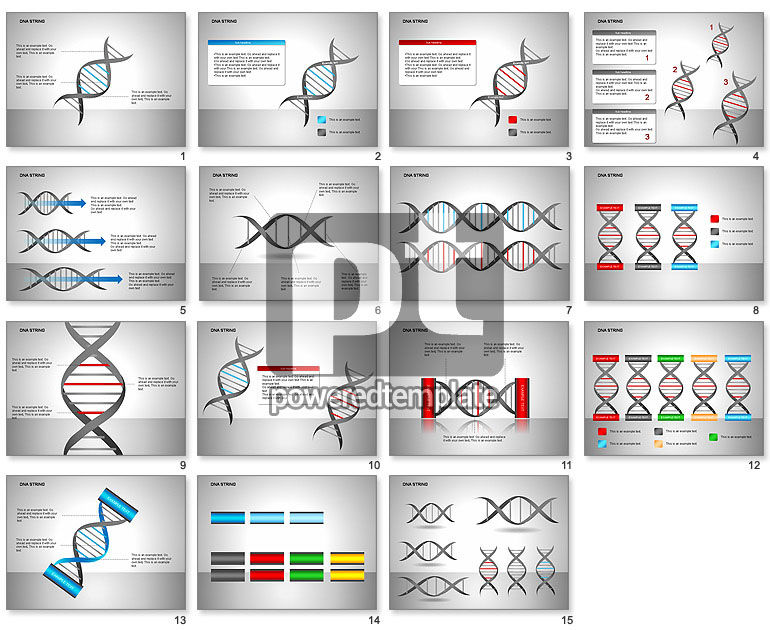

Some intensive eradication programs for invasive species fail when a few surviving individuals recolonize the ecosystem. Boat-ballast water, a source of introduction for many invasive species including mollusks, also could be sampled. Application of eDNA methods for invasive species monitoring may include periodically collecting water samples and screening them for several invasive species at once. Thus, detection of species using eDNA may improve biodiversity assessments and provide information about status, distribution, and habitat requirements for lesser-known species.ĮDNA may also be an effective tool for early detection of aquatic invasive species. Increasing evidence demonstrates improved species detection and catch-per-unit effort compared with electrofishing, snorkeling, and other current field methods. For small, rare, secretive, and other species that are difficult to detect, eDNA provides an attractive alternative for aquatic inventory and monitoring programs. Protocols using eDNA may allow for rapid, cost-effective, and standardized collection of data about species distribution and relative abundance. Exposure to UVB radiation, acidity, heat, and endo- and exonucleases can degrade eDNA. 1), but it only lasts about 7–21 days, depending on environmental conditions (Dejean and others, 2011). In aquatic environments, eDNA is diluted and distributed by currents and other hydrological processes (fig. eDNA can be detected in cellular or extracellular (dissolved DNA) form.
DNA STANDS FOR IN BIOLOGY SKIN
Sources of eDNA include secreted feces, mucous, and gametes shed skin and hair and carcasses. Unique sequences of base pairs, particularly repeating patterns, provide a means to identify species, populations, and even individuals.Įnvironmental DNA (eDNA) is nuclear or mitochondrial DNA that is released from an organism into the environment. The chemical structure of DNA is the same for all organisms, but differences exist in the order of the DNA building blocks, known as base pairs. Visit Media to see details.Įnvironmental DNA (eDNA) is used to identify species in water bodies.ĭNA, short for deoxyribonucleic acid, is the hereditary material in organisms that contains the biological instructions for building and maintaining them.


The human genome contains 3 billion base pairs of DNA. The nucleotides are held together by a backbone made of phosphate and deoxyribose. The rungs of the ladder are the A, T, C, G nucleotide bases that are locked together in pairs by hydrogen bonds, but only certain sets of nucleotides can fit together - A only connects to T and G only connects with C. DNA is in the shape of a double helix and looks like a twisted ladder.Proteins are used by the cell to perform a certain function and give the cell a specific job.
DNA STANDS FOR IN BIOLOGY HOW TO
A gene tells a cell how to make a specific protein. Within each DNA string are sets of instructions called genes.These are strung together to make a DNA sequence called a gene. An example of a string of codons is ATC TGA GGA AAT GAC CAG ATG GCA. Every 3 nucleotide letters form a codon.
DNA STANDS FOR IN BIOLOGY CODE
DNA code is held by the nucleotide letters and the different letters represent different


 0 kommentar(er)
0 kommentar(er)
